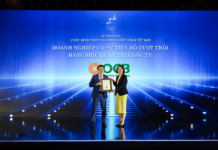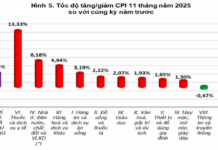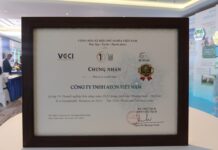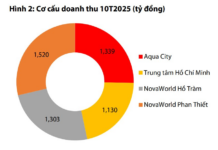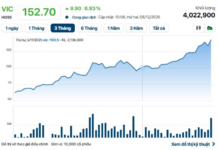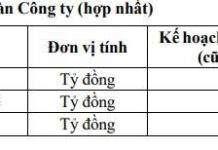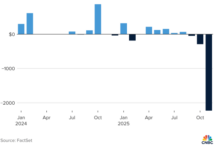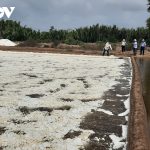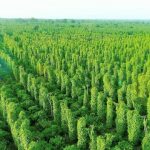On August 16, the People’s Committee of Ben Tre province, in collaboration with Can Tho University and the Ministry of Science and Technology, organized a workshop on “Ben Tre’s Green and Sustainable Development towards Net Zero.”
Coconut brings in over half a billion USD
Mr. Tran Ngoc Tam, Chairman of the Provincial People’s Committee, shared that Ben Tre currently has the largest coconut area in the country, covering over 79,000 hectares, earning the title “Land of Coconut.” Coconut contributes over $500 million annually to the local economy, making it one of the province’s key industrial crops. Ben Tre now boasts over 200 coconut-based products, serving both domestic demands and exports to 90 countries and territories.
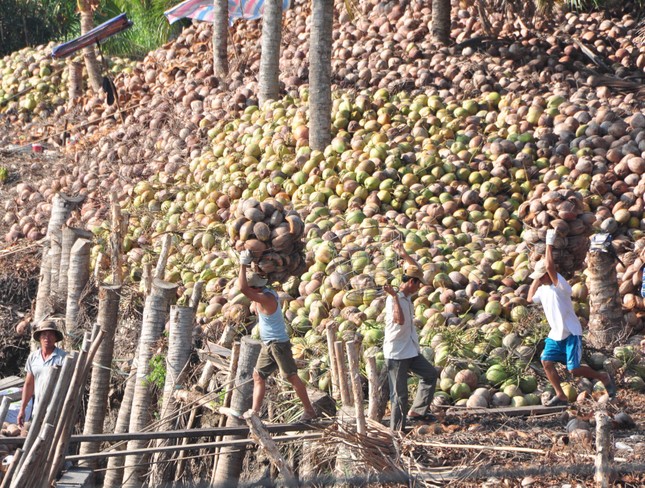
Coconut harvesting in Ben Tre. Photo: Hoa Hoi
A representative from the Plant Protection Department (Ministry of Agriculture and Rural Development) stated that the global demand for coconut products is on the rise. Vietnam’s coconut-derived exports, such as coconut candy, coconut oil, coconut fiber, and activated carbon, have been increasing annually in both volume and value.
In 2023, the total export turnover of coconut products or coconut-related items from Vietnam exceeded $1 billion, and there is still significant potential for enhancing export volume and turnover in the coming years.
Exploring carbon credit opportunities from coconut trees
Chairman Tran Ngoc Tam cited studies indicating that the province’s 79,000 hectares of coconut trees have the potential to store between 1.9 and 5.8 million tons of CO2. This presents a significant opportunity to engage in the carbon credit market and move towards a green, circular, and climate-resilient economy.
“The agricultural sector in Ben Tre has been and is focusing on the development of eco-friendly, circular, low-carbon agriculture that is resilient to climate change,” said Mr. Tam.
A study by Can Tho University on estimating the CO2 absorption capacity of coconut trees in Giong Trom district, Ben Tre province, revealed that each hectare of coconut trees can sequester 25 to 75 tons of CO2.
Additionally, a comparison based on remote sensing and GIS applications showed that the amount of CO2 stored in the province’s vegetation increased from 158 million tons in 2018 to 169 million tons in 2023.
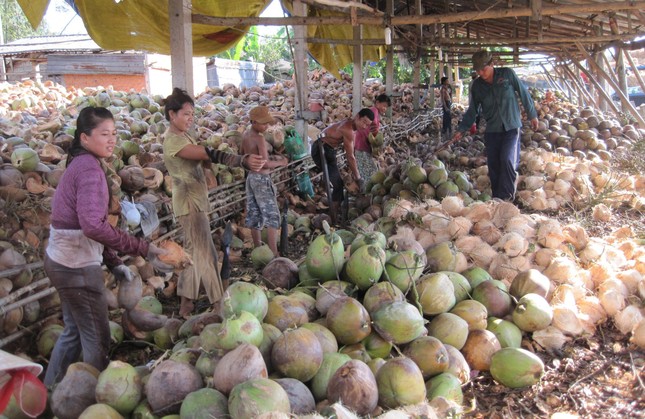
Coconuts bring in over $500 million annually for Ben Tre. Photo: Hoa Hoi
Professor Tran Trung Tinh, Rector of Can Tho University, emphasized the new value of coconut trees in their potential to store carbon, positively contributing to the goal of reducing greenhouse gas emissions and moving towards low-carbon production.
According to Mr. Tinh, harnessing the carbon storage potential of coconut trees not only contributes to Vietnam’s emission reduction strategy but also opens up new economic opportunities through the development of carbon credit markets. This not only increases farmers’ income but also motivates businesses to invest in green and eco-friendly production technologies.
“Products made from coconut fiber, coconut shells, and coconut wood can replace those made from environmentally unfriendly and non-biodegradable materials like plastic and rubber. This also contributes to reducing carbon emissions and environmental pollution,” said Mr. Tinh.
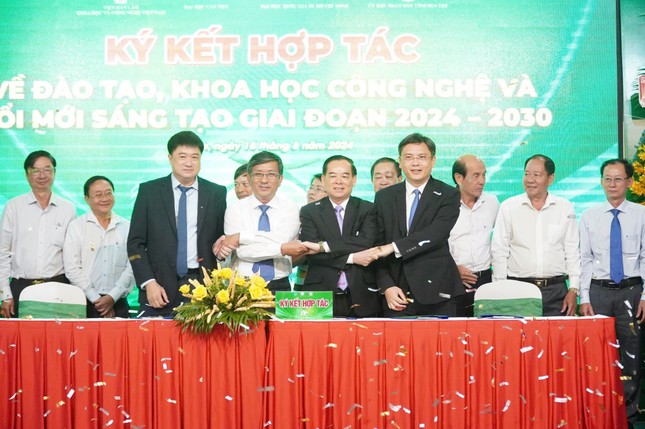
Ben Tre authorities sign a cooperation agreement with units on research, development of coconut products, and carbon credits.
Given the advantages of coconut trees, the provincial leaders of Ben Tre proposed that the Ministry of Science and Technology support the province in participating in science and technology programs related to the sustainable development of coconut trees. They also requested assistance in accessing the carbon credit market from coconut trees and exploring the potential for developing a low-emission coconut industry.
High productivity but low prices in the early year salt crop, disappointing farmers.
Currently, the weather conditions are very favorable for salt production in Bến Tre province. However, the market demand is slow, and prices are low, resulting in low income for salt farmers.
Low-carbon economic development: The “must-haves” for achieving a circular economy.
With a commitment to achieving net-zero emissions in Vietnam by 2050 and a commitment to combating deforestation in accordance with the EU Forest Law Enforcement, Governance and Trade (FLEGT) regulations by the end of 2024, we aim to move towards a low-carbon economy, paving the way for circular economic development for businesses.
Businesses Lack Understanding of ETS and Carbon Market
Only 57.38% of businesses are currently preparing to build a greenhouse gas emission reduction plan, nearly 28% already have a greenhouse gas emission reduction plan, over 50% of businesses have heard of ETS and the carbon market but are not familiar with the basic operating principles, only 1.27% of businesses understand how ETS and the carbon market work…
Ho Chi Minh City offers unique advantages for developing the voluntary carbon credit market
The voluntary carbon market is considered to be one of the key tools in ensuring the fulfillment of commitments in reducing greenhouse gas emissions by 45% by 2030 and achieving net-zero emissions by 2050. Participating in the voluntary carbon credit market presents numerous opportunities and challenges for Ho Chi Minh City.






